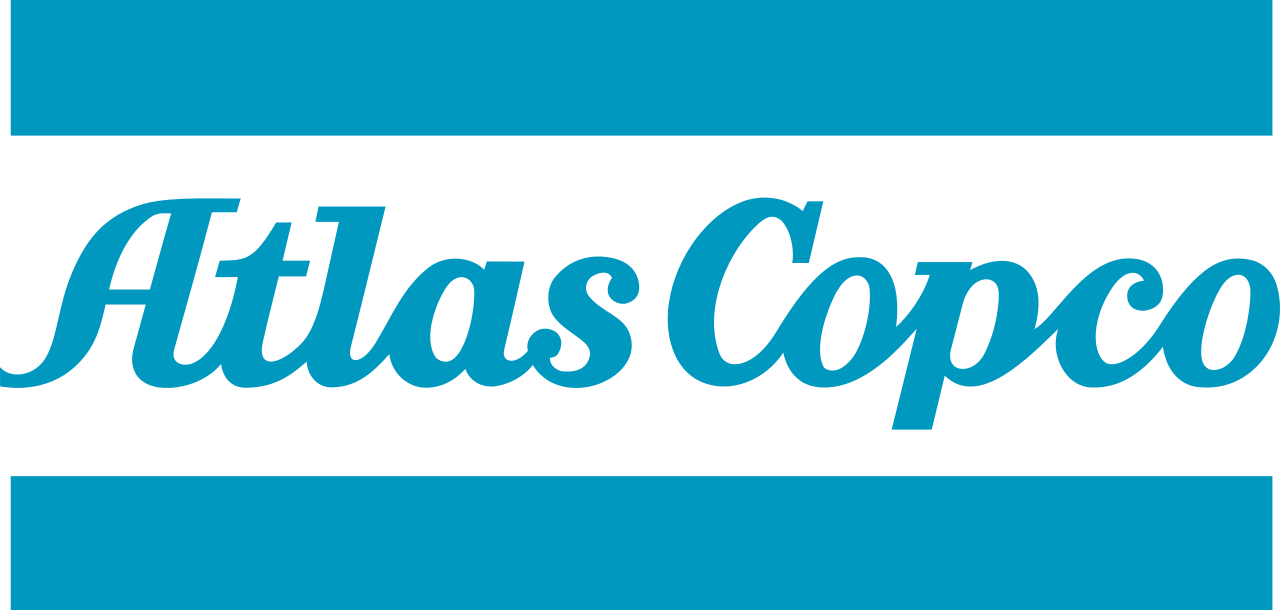Optimizing Piping Configurations for Energy Efficiency

As Published on The Compressed Air Blog
by Dorothy Parnell
What’s one of the smartest ways a manufacturing facility can save on energy costs over the long term? If you’re thinking along the lines of compressed air efficiency then you’re correct. The single biggest cost associated with producing compressed air is the energy required to power the compressor. To save money in the long run, it’s good practice to maximize compressed air energy efficiency.
Tips for maximizing compressed air efficiency through piping configurations
Upgrade old equipment. Piping systems over five-years-old tend to exhibit 25 percent more leaks than those utilizing the latest technology. Upgrading piping configurations can help minimize pressure drops throughout the compressed air system.
Use the correct piping materials.
- Avoid black iron. With its moderate costs and wide availability, black iron is the most popular of all piping options. However, black iron piping is difficult to install and maintain. Over time internal rusting of the pipe becomes an issue and the rust can flake off then travel down the piping and damage equipment. Because its couplings and elbows thread together, large runs of piping must be taken apart to find and fix leaks. If any changes are made to the piping layout, new pieces must be cut and rethreaded.
- Avoid PVC. Lightweight and inexpensive, PVC is also a common piping product. The pressure rating of PVC piping is stated at 80°F and decreases rapidly as the temperature increases. Most compressor rooms reach temperatures over 100°F. It is not OSHA approved because when it fails, it will explode, sending out shards of plastic which can seriously injure workers. The PVC cements are not compatible with many compressor oils and can leak over time. Rearranging a PVC piping requires cutting out the existing pipe and cementing in new spool pieces.
- Use copper. Copper is an excellent but more expensive material that can be prone to theft if used in unsecured areas. It provides a smooth, corrosion-free internal wall for low pressure drop. Installation of copper can be time consuming and may require a licensed plumber depending on the regulations of your locality. Copper can also be time consuming and expensive when reconfiguring the existing system because all new fittings need to be brazed and fittings must be cut out.
- Use stainless steel piping for oil-sensitive applications. Stainless steel piping is recommended for plants that use oil-free compressors to avoid corrosion problems and resulting downstream contamination. In the past, welding stainless steel was your only option and was very time consuming and costly. However, new innovations have been made and stainless steel crimped air systems are now available. The new installation technology can cut installation costs to a fraction of what they once were.
- Consider aluminum for small and medium-sized piping installations. More facilities are choosing aluminum material for piping installations due to its structural strength, light weight and high resistance to corrosion. Although the upfront cost in materials will be higher than black iron, the savings on the installation labor will more than make up for the difference in material cost.
- Plan for future expansions. The main header and distribution piping should be sized for anticipated future expansions. If the initial piping is sized only for present flow requirements, additions will likely cause increased pressure losses in the entire system.
To get the most out of your piping configuration, it’s important to follow the manufacturers’ instructions and recommendations on how to install the system. Be sure to adhere to all specifications and limitations listed for pressures and temperatures. If you’re interested in learning more, please contact an Atlas Copco expert.

